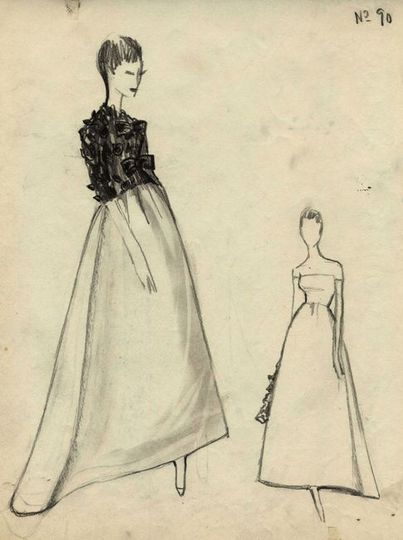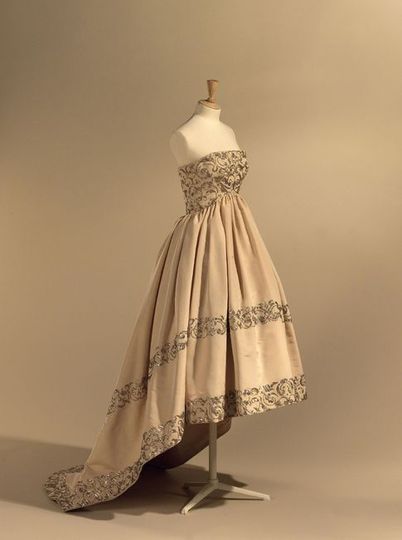Cristobal Balenciaga - Collector of fashions
When, in 1968, the House of Balenciaga closed its doors in Paris, some considered it to be the end of an era of elegance.
Over the course of three decades, from 1937 to 1968, Cristobal Balenciaga had elevated the craft of haute couture into an art form. Having studied the qualities of the fabric and its innate potential, he knew how to infuse movement into every fabric type with which he worked. This knowledge helped him explored the body's volume and the interrelations between its various parts.
'CRISTOBAL BALENCIAGA, collector of fashions', an exhibition on view through 28 April 2013 at the Tel Aviv Museum of Art, presents the passion of the Spanish couturier for Spain’s heritage, as expressed through his collected archive of clothes and textiles, and combined these his own archives .
Cristobal Balenciaga knew how to flatter the imperfect body and create a comfortable setting for it via elaborate architectural-structural cuts, such as the barrel line in 1947 and the 1948 capes; the elongated silhouette of his signature "semi-fitted" line (in contrast to Dior's tight fitting contours), which he began developing in 1951 and is characterized by a tightly tailored front and a loose back; unbelted suits; loose-sleeved shirts; puffy balloon skirts; tubular tunic dresses (1955', "sack" dresses, which blur the waistline (1957); baby-doll dresses in trapezoidal cut (1958); and a variety of loose, over-sized coats.
One way to examine an artist's world and his sources of inspiration is through the items that have accumulated in his possession over the years, ones which he purchased, received as gifts, or exchanged with other artists—works of art and items of fashion, books, notes, and newspaper clippings.



